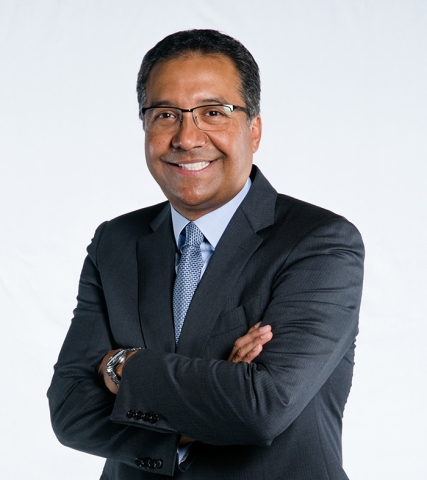Hotel Industry Trends to Look Out for in 2023 and Beyond

Following an incredibly challenging period of unprecedented, pandemic-inflicted hardships, the hotel industry is making promising strides toward recovery. According to the American Hotel & Lodging Association’s 2023 State of the Hotel Industry Report, this resilient industry is projected to surpass pre-pandemic levels of demand, nominal room revenue and state and local tax revenue this year, while moving closer to other key 2019 performance metrics. However, with economic concerns such as inflation and borrowing costs, and operational challenges such as staffing shortages rising to the forefront as top concerns for hoteliers, the industry may not achieve full recovery for several more years.
Despite these pesky headwinds, the future is looking brighter for hotels when it comes to meetings and conventions, with hotel properties across the globe enthusiastically welcoming back event groups eager to meet face-to-face.
To dive a little deeper into the state of the hotel industry in 2023, TSNN had a chance to sit down with Michael Dominguez, president and CEO of Associated Luxury Hotels International (AHLI), a member-based, global sales organization for independent hotels and independent hotel brands in the luxury meetings, incentives, conventions and exhibitions space, to get his thoughts about the biggest hotel trends we can expect to see this year and beyond.
What are the biggest hotel industry trends you’re seeing in 2023?
There is a perfect collision in our industry of the need for so many to get together face to face after the past two years, with the reality of inflation being evident in all areas of our lives, including travel and specifically labor as well as food and beverage. Navigating through the need for budget alignments, many of which have not really been changed since 2019, has become a consistent conversation with our planner community. It really is a question of recession or no recession? Slowdown and or decline? How long and how deep?
In many cases, we have seen an overcorrection in virtual and hybrid opportunities with 2023 meetings specifically, in the fact that groups are doing very little, or none at all. With a pent-up need to bring teams together to build on corporate cultural adhesion, the fatigue of a completely virtual environment is causing this overcorrection. Add to the decision process the increased cost environment, and in many cases, this may not be a feasible option until budgets reset for 2024.
Also, there remains a very compressed environment for meeting space, specifically in North American resort communities. This compression is now bled out to early 2024 and we are experiencing many “new” meetings that are being sourced for 2023.
How will these trends impact business events, and what should event planners keep in mind?
We are seeing planners looking at cost savings in a variety of ways. The American Express M&E Report for 2023 showed a focus on savings from off-site activities and/or events as a change that has significant budget impact without a critical impact on the experiential objectives of the meeting. It is important for planners to begin searches for 2024 and 2025 to at least get their meetings and needs on their hotel partner’s radar.
Which of these trends do you see sticking around for a while and why?
The economic considerations will be around for some time. Although the rate of growth is slowing down, there is nothing in the forecast for rates to move backwards, and it is almost impossible for that to happen due to increased costs. Inflation in the service sector will stick, as much of the inflation is permanent due to increased wages that will be permanent. Compression will continue to be the issue at least over the next 24 months, as there is no real relief in sight with new supply to the meetings market.
In relation to this, what trends are you seeing in planner behavior when it comes to how they’re approaching the different aspects of a typical meeting or conference?
In many cases, we are seeing a strong consideration of keeping off-site events and dinners on-property, as it is a savings [in relation] to transportation and utilizing different aspects of a hotel/resort. We have seen many unique spaces, indoor and outdoor spaces, on location being used. We’re also seeing a heavy reception-style approach to at least one night of dinners. These themed opportunities can enhance rather than take away from the experience.
Are there any trends that you see coming down the pipeline soon and how do you think they’ll impact the hotel industry and by extension, corporate events?
The maturity around hotel debt in a rate environment that has increased five times will continue to put pressure on hotel performance for hotel operators. The ability to flex in certain cost areas will continue to have a great deal of scrutiny. On that same note, with a 32% increase in basic building materials since 2019, and again, an increased rate environment, new projects will be viewed with an extremely critical eye.
There are some risks with a global realignment in regard to trading partners, economies and the drumbeat of a more nationalized approach to countries versus the global mindset we had seen for the last decade. What this means to global travel and meetings is yet to be completely understood.
Don’t miss any event-related news: Sign up for our weekly e-newsletter HERE, listen to our latest podcast HERE and engage with us on Twitter, Facebook, LinkedIn and Instagram!


Add new comment